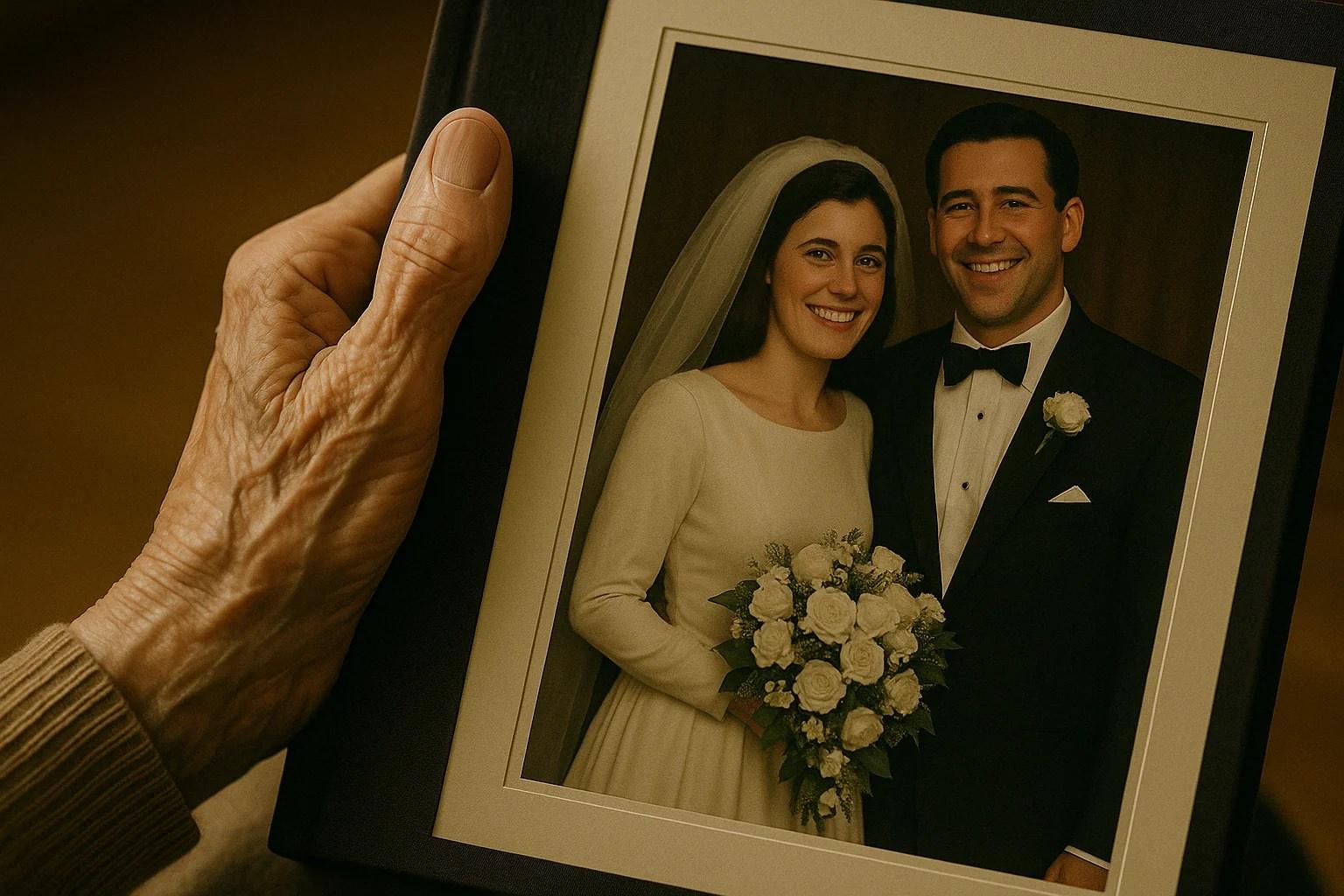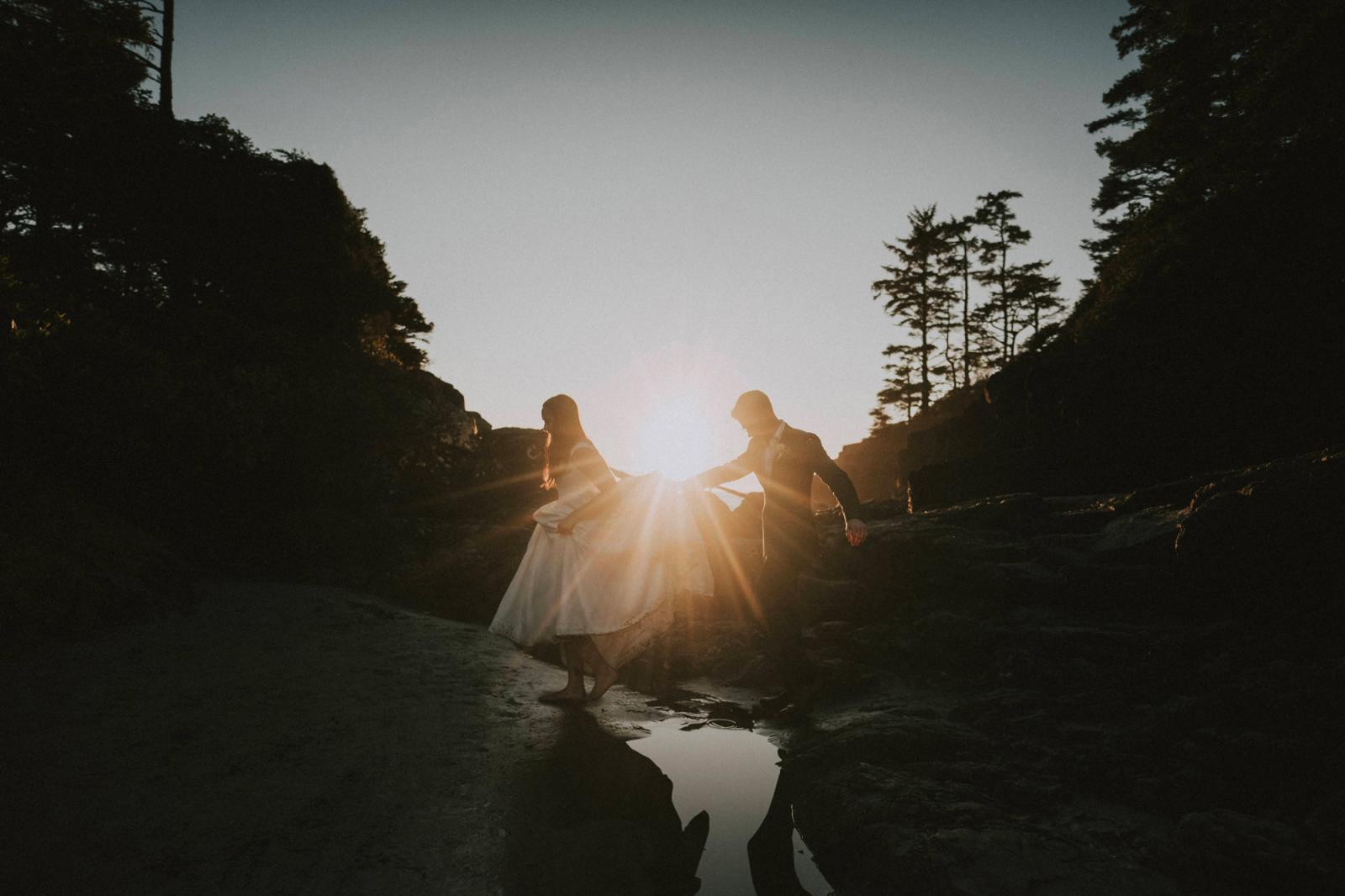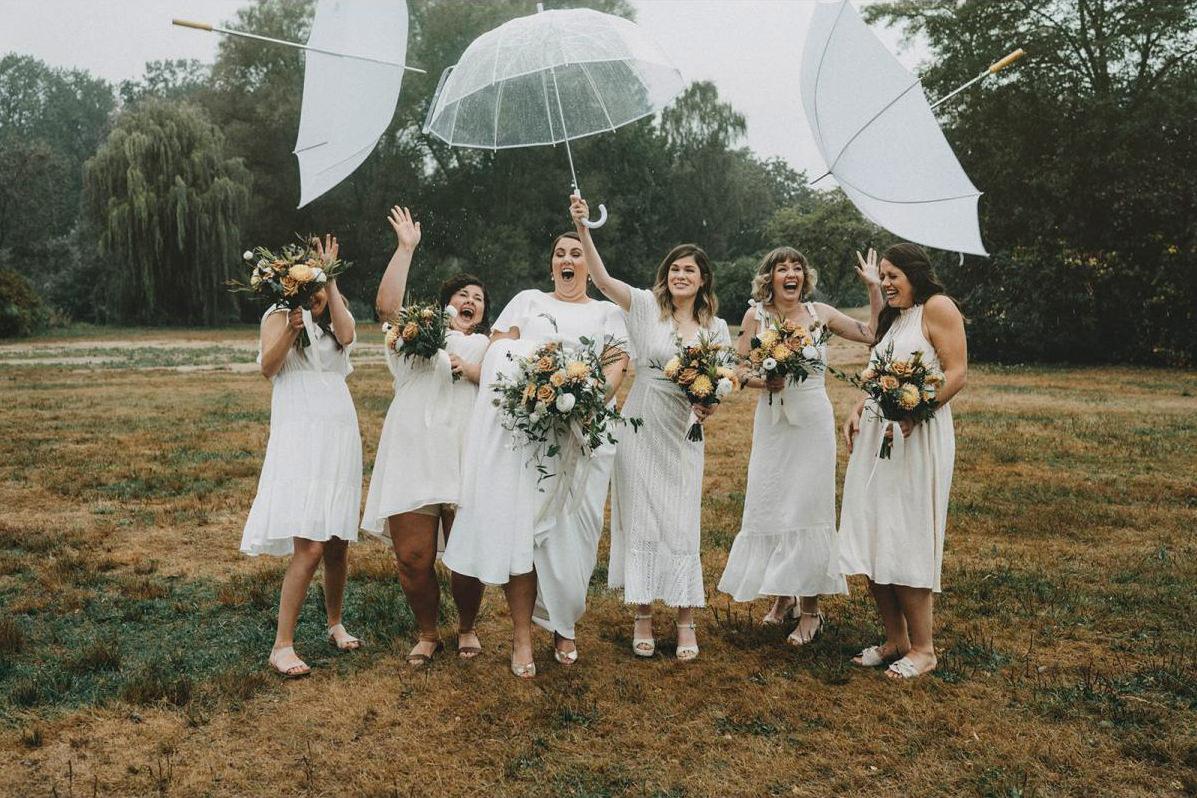Wedding photos do more than document a day—they preserve identity, family history, and emotional truth across generations.
Wedding photography is often seen as personal, but it also plays a powerful cultural role. It reflects how a society views marriage, family, love, and tradition. From black-and-white heirlooms tucked into albums to digital galleries shared across continents, these images become part of our collective memory.
In Canada, where weddings often blend cultural traditions, chosen families, and evolving identities, wedding photography doesn’t just tell individual stories—it helps define how we remember community and connection.

Photographs as Emotional Time Capsules
A single wedding photo can transport someone decades into the past.
- It captures what people looked like, but also how they felt.
- Details like fashion, decor, facial expressions, and rituals preserve an emotional landscape.
- Unlike video, a photo allows for endless contemplation—you can return to it again and again.
- For many families, wedding photos are the only professional portraits of multiple generations together.
These images often become anchors for family history, passed down through time.
What’s Preserved—And What Isn’t
Photography shapes memory by what it chooses to capture—or omit.
- Traditional albums often focused on the ceremony and formal group shots, leaving out the emotional in-between moments.
- Older wedding photos rarely feature queer couples, interracial marriages, or non-traditional roles—not because they didn’t exist, but because they weren’t acknowledged.
- In some cultures, photography was considered immodest, invasive, or secondary to the sacredness of the ceremony.
Today’s photographers are increasingly aware of this and work to include all identities, bodies, and forms of love in their storytelling.

Cultural Representation in a Canadian Context
Canada’s multicultural landscape means that wedding photography often captures:
- Multiple ceremonies (e.g. Sikh, Chinese tea, civil vows) in one day
- Chosen family and blended family structures
- Cross-generational moments, such as grandparents attending traditional rituals
- Immigrant and diasporic families honouring ancestral customs in a new context
These images become visual records of heritage, adaptation, and belonging.
Chosen Family and Non-Traditional Narratives
As more couples create weddings that reflect who they are—not who they’re told to be—photography helps:
- Validate the presence of queer, trans, and non-binary couples
- Honour platonic partnerships, community rituals, or elopements with no guests
- Document moments of resistance, joy, and healing
For many, having a wedding photo is about more than memory—it’s about being seen, affirmed, and remembered.

The Photographer as Cultural Steward
Photographers aren’t just artists—they’re keepers of memory. Their work can:
- Influence how families talk about the day, years later
- Shape how future generations understand their lineage
- Contribute to public archives, exhibitions, and cultural storytelling
- Help normalize diversity in wedding media and representation
In this way, wedding photography becomes cultural preservation as much as personal art.
Future-Proofing Memory in the Digital Age
As technology changes, photographers are thinking more about preservation:
- Offering printed albums, not just cloud galleries
- Archiving images in formats that outlast platforms
- Creating intentional narrative sequences, not just highlight reels
Because in the end, these aren’t just wedding photos—they’re documents of love, identity, and legacy.
Related Reading in This Series:
- The History of Wedding Photography: How We’ve Captured Love Through the Ages
- From Posed to Candid: How Wedding Photography Styles Evolved
- The First Wedding Photographs Ever Taken
- Film vs. Digital: A Love Story in Two Formats
- The Rise of the Wedding Photographer as Artist and Brand
- How Wedding Photography Changed with the Internet (and Instagram)
- New Frontiers: Drone Photography, AI Editing, and the Future of the Craft